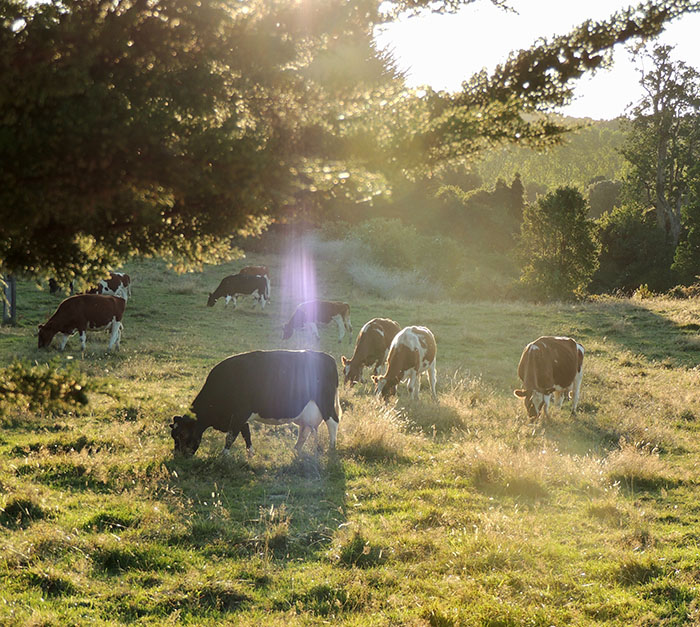#MoveTheDate
2.2
Days
Based on scenarios calculated by Project Drawdown, the adoption of managed grazing would move the date of Earth Overshoot Day 2.2 days by 2050.
What is the solution?
Implementing widespread managed grazing, a regenerative agriculture practice in which the timing and intensity of livestock grazing is controlled in order to optimize grassland soil health and enhance carbon sequestration. Grazing plays an important role in maintaining the carbon-rich soils of grassland and prairie ecosystems.
This solution improves our resource security in the planet category.
How does it #MoveTheDate?
Compared to conventional grazing practices, managed grazing can enhance carbon sequestration and help shrink agriculture’s Ecological Footprint.
How is it scalable?
According to Project Drawdown, managed grazing has a lower annual operational cost per hectare compared to conventional practices, as well as greater net profit per hectare.
What is the solution?
Implementing widespread managed grazing, a regenerative agriculture practice in which the timing and intensity of livestock grazing is controlled in order to optimize grassland soil health and enhance carbon sequestration. Grazing plays an important role in maintaining the carbon-rich soils of grassland and prairie ecosystems.
This solution improves our resource security in the planet category.
How does it #MoveTheDate?
Compared to conventional grazing practices, managed grazing can enhance carbon sequestration and help shrink agriculture’s Ecological Footprint.
How is it scalable?
According to Project Drawdown, managed grazing has a lower annual operational cost per hectare compared to conventional practices, as well as greater net profit per hectare.

Livestock grazing is humanity’s largest land use, utilizing about 25% of all land area on Earth. Overly intensive grazing practices have degraded soils and diminished the land’s ability to sequester carbon. Managed grazing is a set of practices aimed at reversing that trend by helping grassland soils regenerate and draw more carbon down from the atmosphere.
Managed grazing comes in many forms, including rotational grazing and adaptive multi-paddock grazing, both of which are implemented with the goal of allowing pastureland to recover between grazing. It is designed to mimic the grazing patterns of migratory herbivores that inhabit plains and tall grass prairies—landscapes characterized by carbon-rich soils. Managed grazing can sequester between one-half and three tons of carbon per acre and can increase yields by up to 21.4% compared to conventional grazing.
According to Project Drawdown, carbon sequestration under managed grazing has the potential to more than offset the methane and nitrous oxide emissions associated with livestock production. Given the large Ecological Footprint associated with livestock production, improving grazing practices has huge potential to improve the sustainability of global food systems.
Calculations for this solution are based on work done by our friends at Project Drawdown. You can get more information about this solution and their calculation methodology here.
There’s no benefit in waiting!
Acting now puts you at a strategic advantage in a world increasingly defined by ecological overshoot. Countless solutions exist that #MoveTheDate. They’re creative, economically viable, and ready to deploy at scale. With them, we can make ourselves more resilient and #MoveTheDate of Earth Overshoot Day. If we move the date 6 days each year, humanity can be out of overshoot before 2050.
